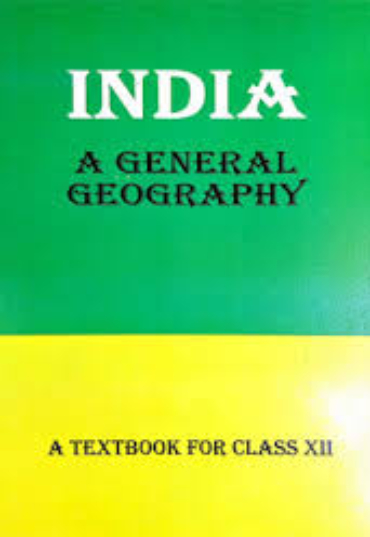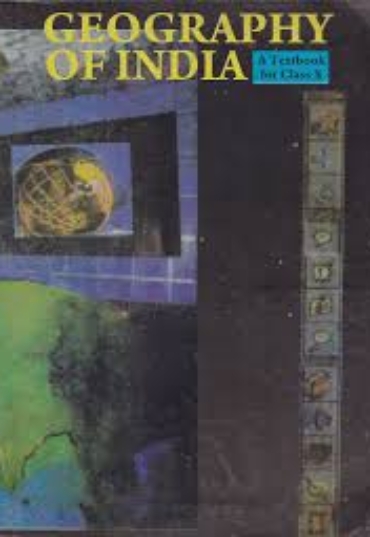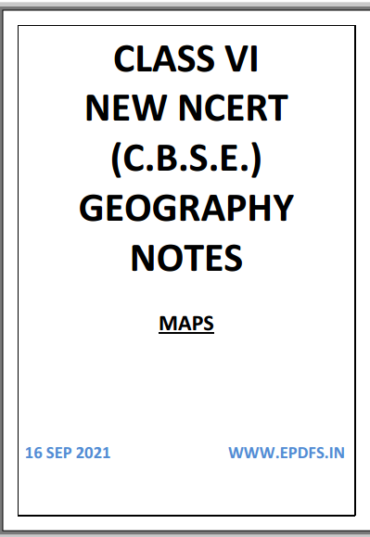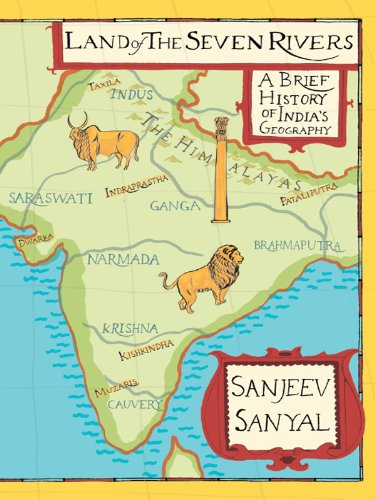Land Of The Seven Rivers Book PDF Free
Only registered users can download this book.
Please Login/Register first.
Land Of The Seven Rivers Free Book PDF Description :-
Land of The Seven Rivers: A Brief History of India’s Geography is regarded as a fascinating read, the main motive of which is to acquaint the readers with the fascinating geography of the country. It is also a curious read on how several facts and stories, which make an intrinsic part of India’s history, actually came into vicinity. While explaining these, the book also questions several incidents that are thought to be a major part of India’s history, like why did Buddha choose Sarnath as the site for his first sermon and how did the Europeans exactly map our country.
The brilliance of the book Land Of The Seven Rivers lies in the fact that it tries to answer many questions from Indian History from the point of view of the countrys geography, by studying its various ancient cities, rivers, mountains and hills.
An avid traveller, Sanyal has travelled to numerous archaeological sites, crossed numerous rivers and gained an in-depth knowledge by reading the ancient manuscripts, all with the aim to help the readers gain good hold about the geography of India.
The reprint edition of the book Land Of The Seven Rivers was published in 2013 by Penguin Publishers and is available in PDF format for free here.
About the author:
The Global Strategist for one of the leading banks of the world, Sanjeev Sanyal is also an important writer, whose another famous book is The Indian Renaissance: India’s Rise After A Thousand Years of Decline. In 2010, he was named the Young Global Leader by the World Economic Forum.
Sanyal has been a vocal critic of Nehruvian socialism, which he deems to have stemmed from an “inward-looking cultural attitude”. Nehru and P. C. Mahalanobis are criticized for treating the economy as a “mechanical toy”, leaving little scopes for the flourish of private enterprises, and ultimately throttling creativity. Sanyal praises the 1991 liberalisation reforms as the harbinger of Indian Renaissance, and argues for the application of Complex Adaptive Systems framework to economic issues.
Among his most-espoused views is that the historiography of India has been distorted with “Colonial, Nehruvian, and Marxist” biases — thus, requiring a “rewriting” of history by “properly revisiting” primary sources. In The Ocean of Churn, Sanyal argues that the primary sources used in painting a humane image of Ashoka can also be interpreted to reconstruct him as a genocidal tyrant. According to Sanyal, Ashoka did not convert to Buddhism out of laments at the Kalinga War but due to political pressure exerted by the Jains. A host of other sources are invoked to compare Ashoka with “modern day fundamentalists“, whose Dhaṃma Mahāmātās were “religious police”; the famed edicts about religious tolerance are read as propaganda.
Sanyal blames the Nehruvian project for having established Ashoka as a “great king”, and stresses on the urgent need of a post-socialist reading of history. In Sanyal’s version of this reading, the central character is Chanakya, a “professor of Political Economy at Taxila university” who had helped Chandragupta Maurya to establish a pan-Indian empire and then, wrote Arthashastra about a centralised Mauryan economy. Only when the Arthshastra is retrofitted to India’s current political economy —by fixing the judicial system, investing in internal security, and simplifying taxation rules— among other things, Sanyal believes that we can return to the “golden age” of India that had birthed “yoga, algebra, the concept of zero, chess, plastic surgery, metallurgy, Hinduism, [and] Buddhism.”
Reception
Meera Visvanathan, a historian of ancient India, finds Sanyal ignorant of methodologies in historical research. She notes that despite calls to rewrite history, Sanyal’s citations remained restricted to mainstream histories and seldom invoked primary sources.[1] In deconstructing the narrative of Ashoka, Sanyal failed to apply source-criticism—subjecting contemporary edicts, Buddhist hagiographies, and Sri Lankan legends to the same treatment—and imposed a host of anachronistic categories. Likewise, Sanyal remained oblivious of recent scholarship—documenting the fuzziness of Mauryan economy or Arthshastra to be the work of multiple post-Mauryan scholars—and misrecognized a shastra of political economy, as it developed in Ancient India, as a manual of Mauryan statecraft.[1] Sanyal’s analysis of Mahabharata was deemed to be an exercise in unsubstantiated speculation to fit preconceived notions of history without understanding the methods of interpreting Sanskrit itihasa. Overall, Vishvanathan finds Sanyal’s works to be “riddled with holes” but yet, Sanyal’s superior writing skills coupled with a logical simplicity that appealed to majoritarian prejudices had ensured popularity among masses.
Manu Pillai, a popular historian, commends The Ocean of Churn for being a “delightful introduction to the world of the Indian Ocean” despite the possibility of professional scholars challenging his narrative and conclusions. He welcomed Sanyal’s command over a layered and complex past, his “accessible” yet “captivating narrative”, and especially the reevaluation of Ashoka. Shiv Visvanathan, a social anthropologist specializing in science and technology studies, praised the same work for being a feisty, combative, and comprehensive history of Indian Ocean aimed at a general audience but cautioned that “a professional historian might crib”. Like Pillai, he commends the “devastating” reconstruction of Ashoka and recovering figures from the margins of history.
Related Books

Class 12 Geography OLD NCERT Free PDF

Only registered users can download this book.
Please Login/Register first.

Class 10 Geography OLD NCERT Free PDF.

Only registered users can download this book.
Please Login/Register first.

Class 6 Geography NEW NCERT Chapter 4 Notes Free PDF

Only registered users can download this book.
Please Login/Register first.

Reviews
There are no reviews yet.